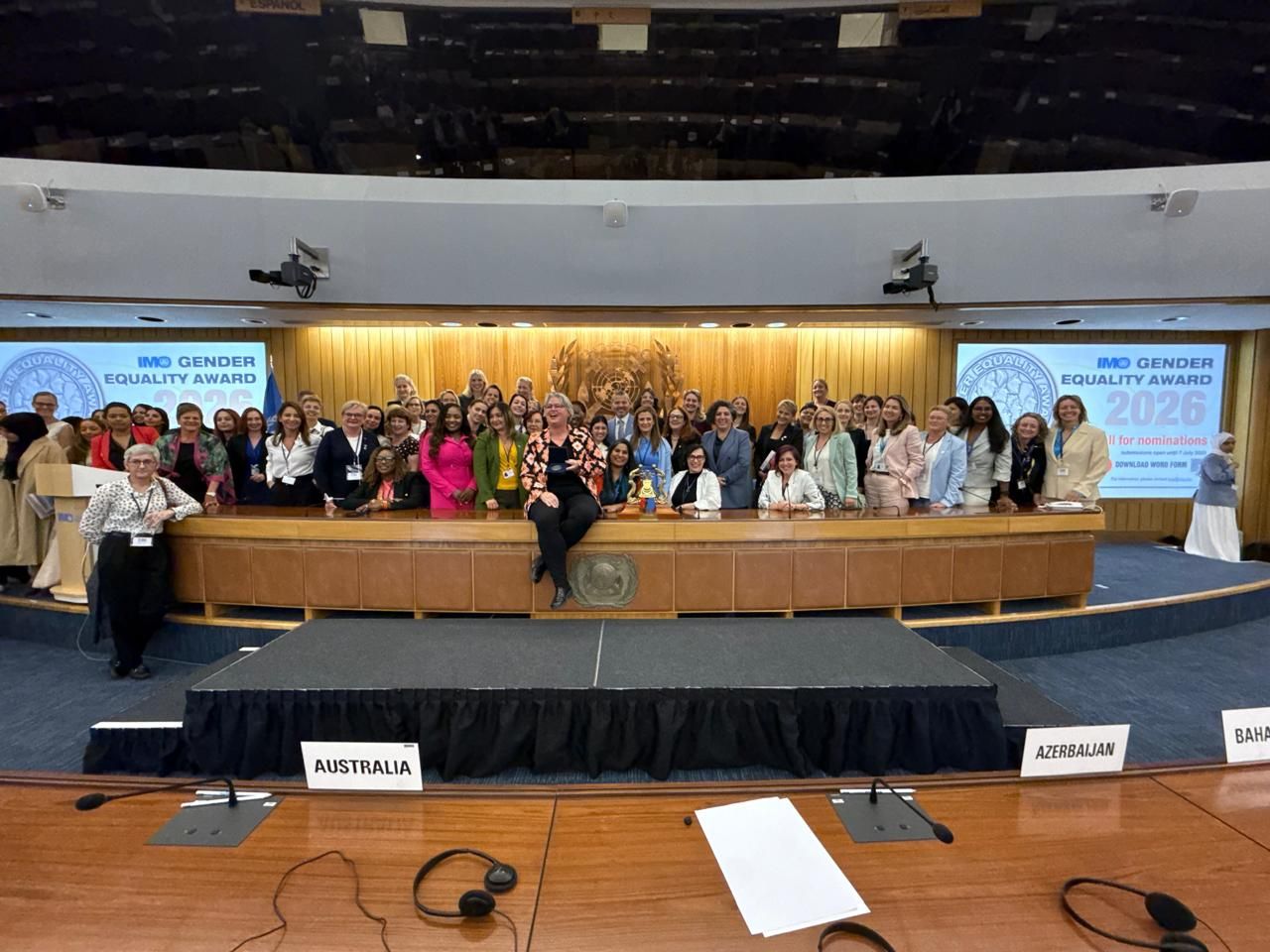Each year, the International Day for Women in Maritime Affairs promises celebration, but behind the speeches and social media tributes, the sector’s gender gap remains deeply entrenched.
At this year’s symposium at IMO headquarters in London, held under the theme ‘An Ocean of Opportunities for Women’, the tone quickly shifted from celebration to concern.
The second Women in Maritime survey, jointly published by the International Maritime Organisation (IMO) and the Women’s International Shipping and Trading Association (WISTA International), delivered a sobering update.
While the total number of women working in maritime rose to 176,820 in 2024, up from 151,979 in 2021, their overall share in the workforce declined.
Women now account for just under 19 per cent of the sample surveyed, compared to 26 per cent in 2021.
In national maritime authorities, women make up 19 per cent of employees.
In the private sector, excluding seafarers, that figure drops to 16 per cent.
But the most striking imbalance remains at sea. Women account for only 1 per cent of seafarers employed by the organisations surveyed.
“The second IMO-WISTA Women in Maritime Survey provides valuable insights into the sector’s progress since the baseline dataset gathered in the 2021 survey,” said IMO Secretary-General Arsenio Dominguez.
He welcomed the wider participation from both Member States and industry, calling it “a welcome indication of growing engagement with gender matters.”
However, Dominguez made it clear that awareness alone is not enough.
“There is some way to go. Female representation is still disproportionately low, and women represent a small fraction of the seagoing workforce,” he said, adding that this highlights “the urgent need for continued commitment and action. We must redouble our efforts to foster a truly diverse and inclusive maritime industry.”
The report explored women’s roles across leadership, education, and workforce participation in both the public and private sectors.
Greater representation was recorded in emerging areas such as Environmental, Social and Governance (ESG) and decarbonisation services.
But in more traditional sectors, such as bunkering and legal services, female participation had fallen.
WISTA International president Elpi Petraki, speaking at the event, said the aim of the survey was “to deliver real data on the state of gender diversity in maritime and offer guidance on the areas that require more attention.”
She stressed that the intention behind the project was “to inspire change and act as a collective call to action.”
Petraki also warned that despite some progress, significant barriers remain.
“Attracting, retaining and promoting women, both on land and at sea, remains a priority moving forward,” she said.
However, the new data shows that opportunities continue to be limited, due to structural barriers including “gender stereotyping, workplace safety concerns, a lack of family friendly policies and the ongoing gender pay gap.”
Alongside the findings, the report offers detailed recommendations for Member States and industry.
These include strengthening recruitment and retention efforts, expanding mentorship and leadership development programmes, enhancing policy implementation, and guaranteeing safe, supportive working environments.
As part of IMO and WISTA’s commitment to gender equality, the survey supports the implementation of the United Nations Sustainable Development Goal 5 (SDG 5), achieving gender equality and empowering all women and girls.







Click here to change your cookie preferences